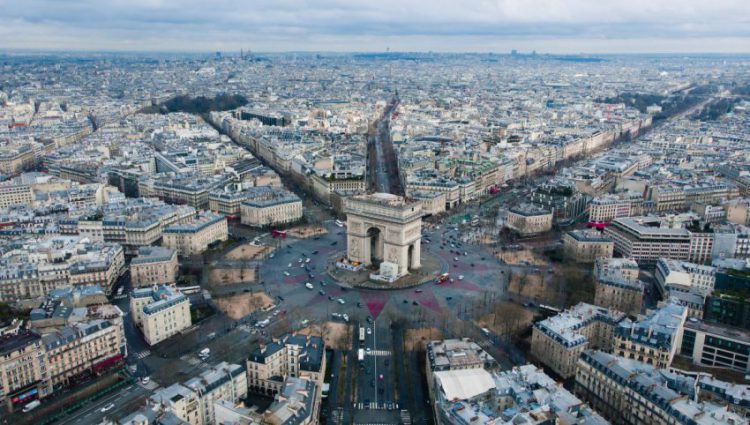
A road trip in France gives you total freedom in one of the UK’s most popular holiday destinations. Whether you’re going on a long holiday or just for a couple of days, driving in France isn’t anything to get stressed about.
But, there are some things to be aware of to help prevent an accident (and prevent you getting on the wrong side of the law). Here are our top tips for driving in France.
Driving in France – the main checklist
France is one of the more regulation-heavy countries you can drive in, and you’ll need to keep in mind the following laws:
- Drivers with less than three years of experience have a lower blood alcohol limit of 0.2 grams per litre. For other drivers the limit is 0.5 grams. Our advice is simply this: don’t drive after an alcoholic drink.
- Motorcyclists must carry reflective safety jackets.
- It’s illegal to wear a headset for any purpose, even for the answering of phone calls. If you’re a motorcyclist with an integrated headset in your helmet, then you’re exempt.
- Paris has introduced a Low Emission Zone to improve air quality. If you’re heading to the capital, check if you’ll have to pay a charge.
What you need to have with you
You must have a valid driving licence issued in an EU or EEA country to drive a vehicle in France. Plus, any vehicle from the UK needs GB stickers.
When driving in France, always have the following documents with you:
- Your driving licence
- Your passport
- Your V5C certificate
- Your insurance documents
You must also carry these safety items (to keep you safe on the road and safe from getting a fine):
- Warning triangle
- Reflective safety jackets
- Breathalyser
- Beam deflectors
- Helmet with compliant reflective elements, if you’re riding a motorcycle
If you don’t have these items, you can get a pre-prepared European driving kit at the Green Flag shop. This has everything you’ll need for your road trip in France.
Know the speed limits
Below are the national speed limits, but be aware that some signs may indicate a different limit in specific areas.
- Motorways — 130 km/h in normal conditions, 110 km/h in rain, 50 km/h when visibility is under 50 metres.
- Dual carriageways or inner-city motorways — 110 km/h in normal conditions, 100 km/h in rain, 50 km/h when visibility is under 50 metres.
- Other roads — 90 km/h in normal conditions, 80 km/h in rain, 50 km/h when visibility is under 50 metres.
- Urban/built-up areas — 50 km/h in all conditions.
If you break the speed limit by 40 km/h or more, you’ll have your licence confiscated on the spot by the police. You can also have your vehicle impounded, be hit with a fine, and even be held in custody. So, simple advice, just don’t speed.
What to do if you breakdown
If you’re unfortunate enough to have a breakdown on a motorway or toll road, don’t call your breakdown cover provider straightaway. Use the orange emergency phones at the roadside. A local firm will tow you to a recovery zone and only then can you contact your cover provider.
To make sure your breakdown is handled efficiently, be sure to take out European breakdown cover before your trip.
There’s so much to do on a road trip in France. Paris offers excitement and culture, the Loire Valley has the finest French cuisine, La Rochelle boasts stunning coastal views. And you can enjoy them all on your time, with minimal fuss.
Just want to say thank you for looking after us so very, very well today in France. Wonderful!